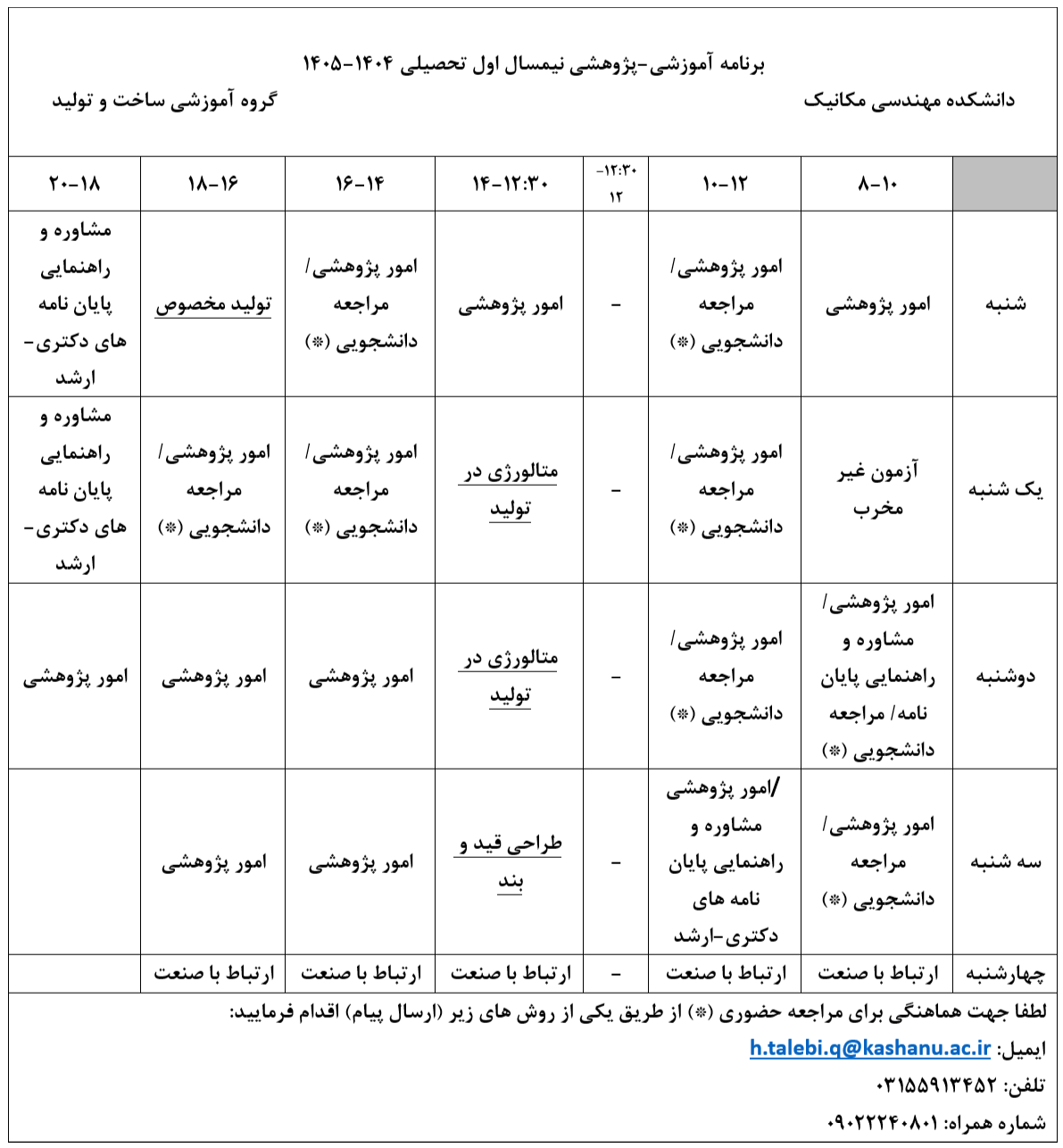| نویسندگان | حسین طالبی قادیکلائی,حسن مسلمی نائینی,محمد جواد میرنیا,محمد علی میرزایی,حمید گرجی,سرگی الکساندروف |
|---|---|
| نشریه | MECH MATER |
| شماره صفحات | 103498 |
| شماره مجلد | 148 |
| ضریب تاثیر (IF) | ثبت نشده |
| نوع مقاله | Full Paper |
| تاریخ انتشار | 2020-06-22 |
| رتبه نشریه | علمی - پژوهشی |
| نوع نشریه | الکترونیکی |
| کشور محل چاپ | ایران |
| نمایه نشریه | SCOPUS ,JCR |
چکیده مقاله
The present study evaluates the fracture behavior of the AA6061-T6 aluminum alloy during the roll forming process using ductile fracture criteria. Three criteria including Ayada, Rice-Tracey, and normalized Cockroft-Latham were utilized to develop an accurate fracture model for predicting fracture onset during the roll forming process. To this end, the fracture criteria were calibrated using uniaxial, plane-strain, and notched tension tests. The model was developed by integrating the calibrated fracture criteria into the numerical analysis (commercial finite element code Abaqus/Explicit) through an appropriate user subroutine. Based on the results, the damage weighting function and calibration procedures had a significant effect on the accuracy of the fracture prediction during the process. When the uniaxial tension test was used as the calibration test, the normalized Cockroft-Latham and Rice-Tracey ductile fracture criteria were not able to predict the fracture onset during the roll forming process and the Ayada fracture criterion could only predict the bending angle of the forming station where the fracture initiated. On the other hand, calibrating ductile fracture criteria using the plane-strain tension test led to higher accuracy in predicting fracture. The most accurate prediction was obtained using the Ayada fracture criterion calibrated by the plane-strain tension test with an error of 7.85%. Overall, the Ayada fracture criterion and plane-strain tension test can be considered as the most appropriate ductile fracture criterion and calibration method for predicting fracture in the roll forming process, respectively.

